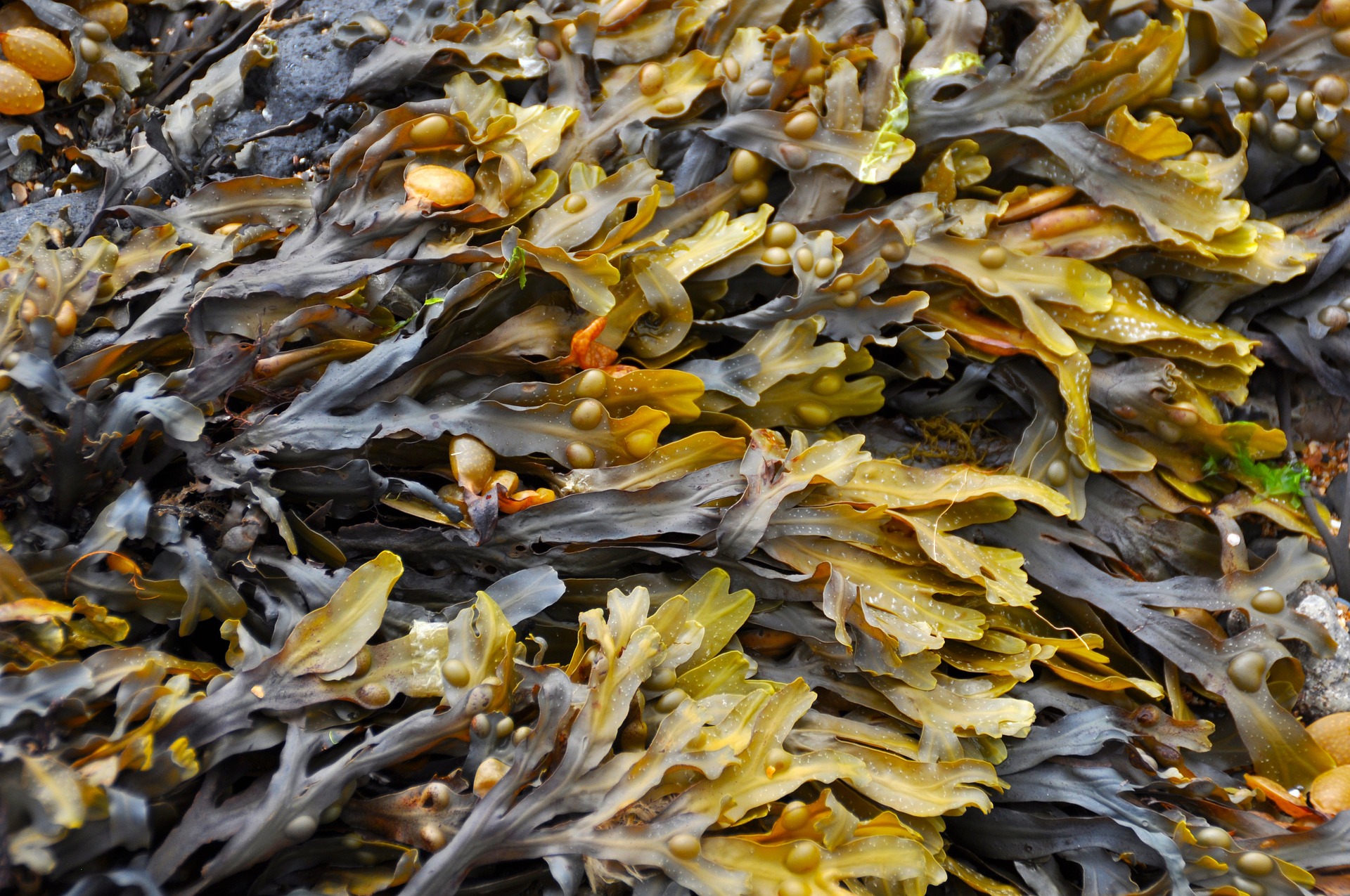
Ōtautahi – Researchers have developed a cheaper and more energy-efficient way to make hydrogen directly from seawater, in a critical step towards a truly viable green hydrogen industry.
The new method splits the seawater directly into hydrogen and oxygen skipping the need for desalination and its associated cost, energy consumption and carbon emissions.
The new method by RMIT University researchers in Melbourne splits the seawater directly into hydrogen and oxygen — skipping the need for desalination and its associated cost, energy consumption and carbon emissions.
Hydrogen has long been touted as a clean future fuel and a potential solution to critical energy challenges, especially for industries that are harder to decarbonise like manufacturing, aviation and shipping.
Almost all the world’s hydrogen currently comes from fossil fuels and its production is responsible for around 830 million tonnes of carbon dioxide a year, equivalent to the annual emissions of the United Kingdom and Indonesia combined.
But emissions-free green hydrogen, made by splitting water, is so expensive that it is largely commercially unviable and accounts for just one percent of total hydrogen production globally.
Lead researcher Dr Nasir Mahmood, a Vice-Chancellor’s Senior Research Fellow at RMIT, said green hydrogen production processes were both costly and relied on fresh or desalinated water.
“We know hydrogen has immense potential as a clean energy source, particularly for the many industries that can’t easily switch over to be powered by renewables,” Mahmood said.
“But to be truly sustainable, the hydrogen we use must be 100% carbon-free across the entire production life cycle and must not cut into the world’s precious freshwater reserves.
“Our method to produce hydrogen straight from seawater is simple, scalable and far more cost-effective than any green hydrogen approach currently in the market.
“With further development, we hope this could advance the establishment of a thriving green hydrogen industry in Australia.”
A provisional patent application has been filed for the new method, detailed in a lab-scale study published in Wiley journal, Small.
To make green hydrogen, an electrolyser is used to send an electric current through water to split it into its component elements of hydrogen and oxygen.
These electrolysers currently use expensive catalysts and consume a lot of energy and water — it can take about nine litres to make one kilogram of hydrogen. They also have a toxic output: not carbon dioxide, but chlorine.
The new approach devised by a team in the multidisciplinary Materials for Clean Energy and Environment (MC2E) research group at RMIT uses a special type of catalyst developed to work specifically with seawater.

